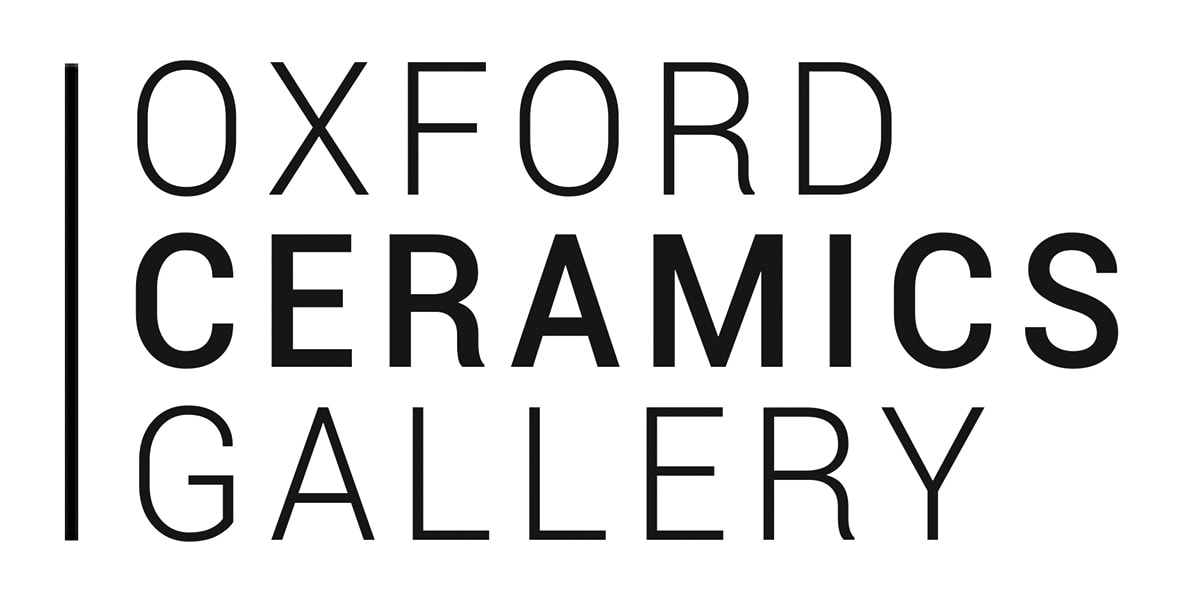Camberwell; Teachers and Students.
At Camberwell College of Arts, two successive heads of ceramics, Dick Kendall and Ian Auld, helped to make the department what it was. They were great facilitators, potters from very different backgrounds who engendered a fertile and progressive atmosphere, one of the best places to learn and experiment through the 1960s, 70s and beyond, most particularly perhaps in hand-building. Dick Kendall had trained at the Leach Pottery and married into the Leach family, while Auld was educated in London art schools before coming to teach at Camberwell. His slab-built bottles and square dishes were bold in form and expressively textured, sculptural rather than functional. Lucie Rie and Hans Coper both taught here too through the 1960s, bringing their own spirit of modernity and individual thinking to the department. Kendall had told Rie she really had a duty to come and pass on her experience, and she encouraged Coper to join her.
If Rie instilled a sense of discipline simply by being there, Coper had a strong empathetic connection with students, able to develop their individual strengths. Ian Godfrey was one of their first pupils, a potter Rie came to admire for his originality, the fact that his work was “impossible to imitate”. Ewen Henderson, who arrived later in the 60s, was considered by Rie to be one of her most important students. He initially studied as a painter, like Godfrey, and both become influential teachers in the department. Like Godfrey Henderson was a builder, concentrating on various vessel pieces which became increasingly sculptural in form. Godfrey took students on wonderful odysseys around London museums, of which he had an encyclopaedic knowledge, nourishing his own rich ceramic imagination. Colin Pearson taught at Camberwell from the late 1950s, a superb thrower and glazer who learnt his art at Goldsmiths’ College and Winchcombe Pottery, and made a great impression in the college with his technical acumen, and his radical new methods of manipulating clay.
Mo Jupp was a student contemporary of Godfrey’s in the early 60s, an artist with his own sense of history and narrative, brought to bear in his totemic helmets and wide-ranging figuration, much of it miniaturist in scale. Another student from the 60s, John Ward aesthetically had much more in common with Rie and Coper, using hand-building to express his interest in the vessel as something at once both modern and timeless in its apparent simplicity. The theme of containment was developed by Daniel Fisher in beautifully delicate forms that combined the energies of throwing with sensitive post-wheel manipulation. Angus Suttie studied here in the 1970s, his organic anthropomorphic pots becoming more surreal, outlandish and questioning. Much the same could be said about visiting tutor Robert Cooper’s eclectic and inventive take on function, revealing a broader decorative world. A prominent teacher from the early 80s until 2006, Jacqueline Poncelet was another artist who brought the wider natural and human-made landscape to clay. Generally vessel-based in her earlier career, like Suttie’s her work softened into more preternatural organic explorations in the 1980s, a reflection of how far clay had come in terms of expressive breadth in just three decades. Camberwell played a decisive part in this process. It was a very sad day when John Forde, who led the department in its final years (he began as a student here in 1966), had to finally close its doors in 2012.
David Whiting, 2018









